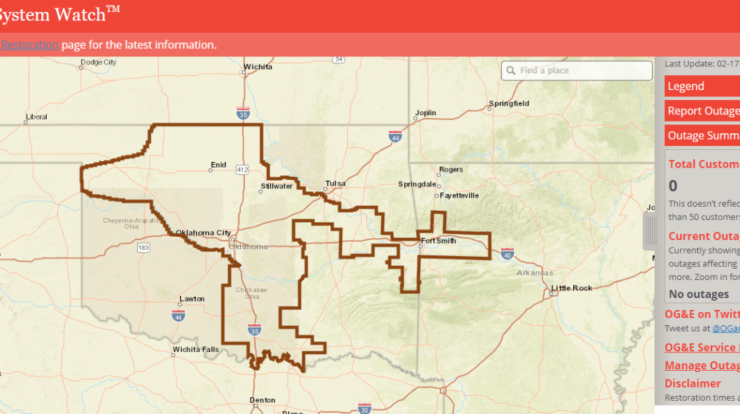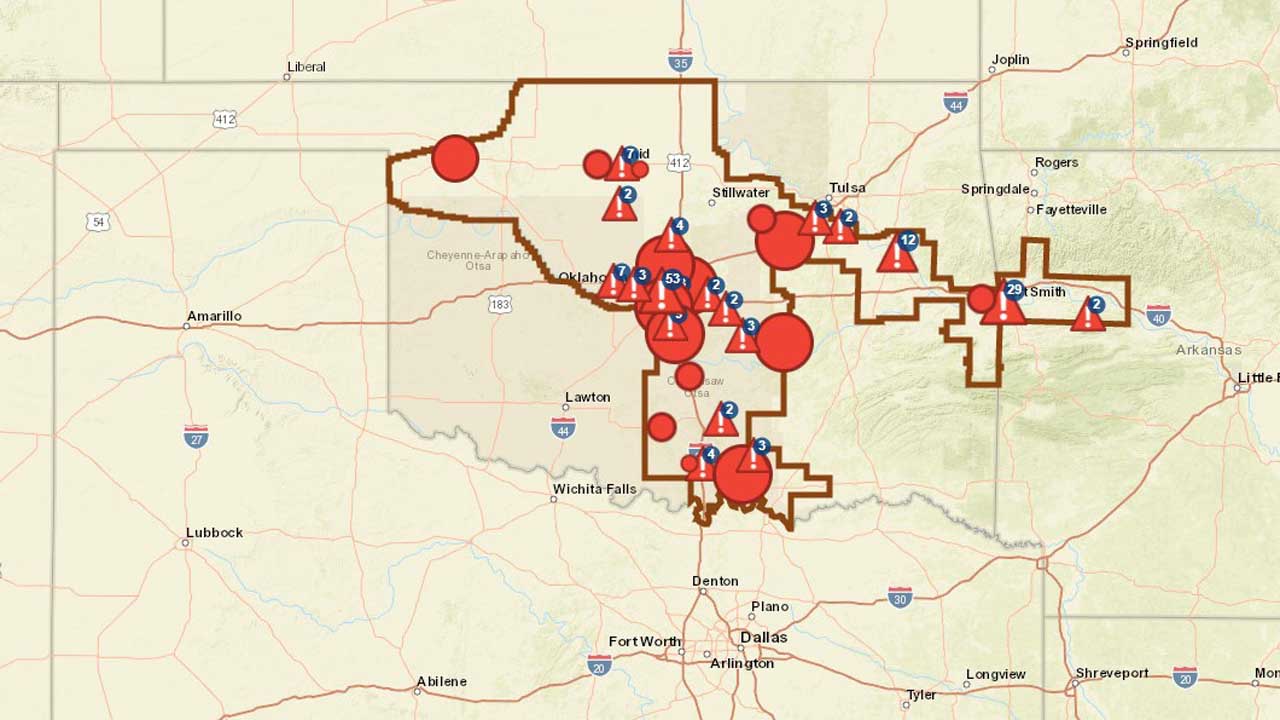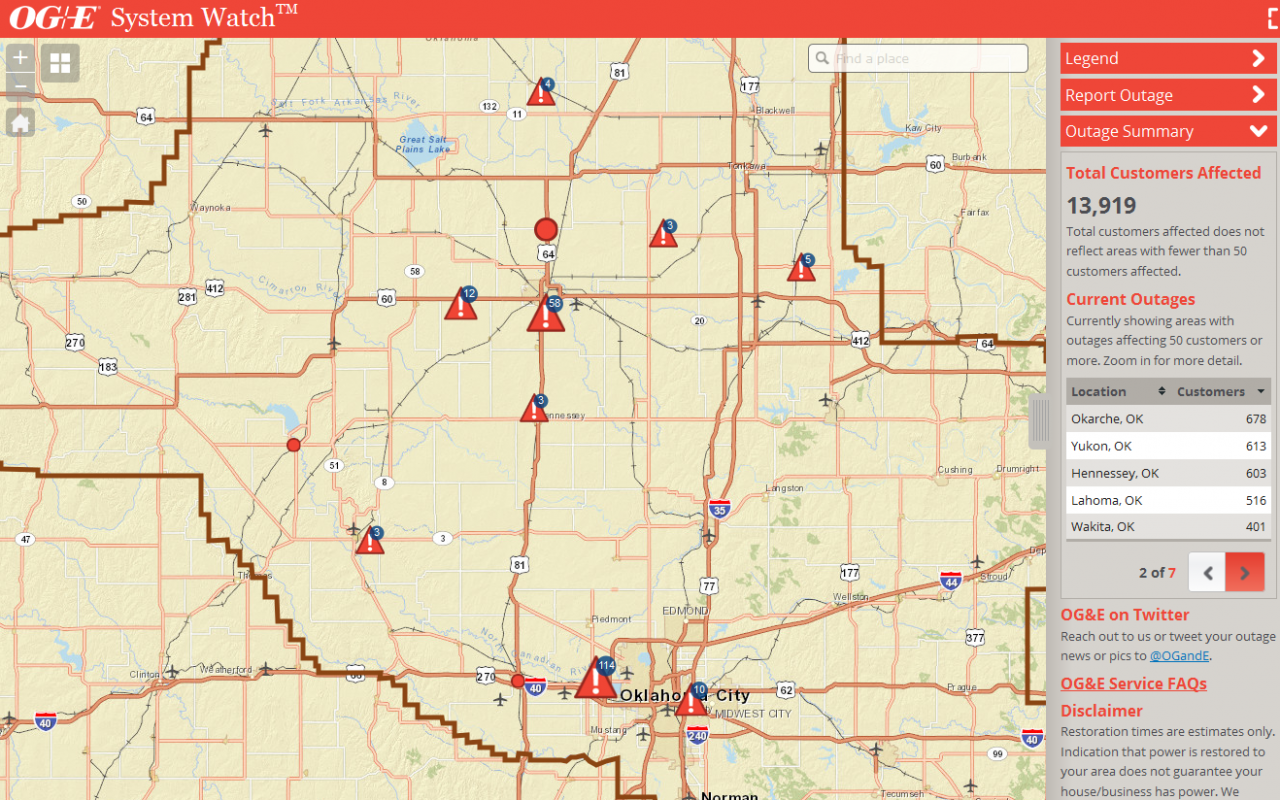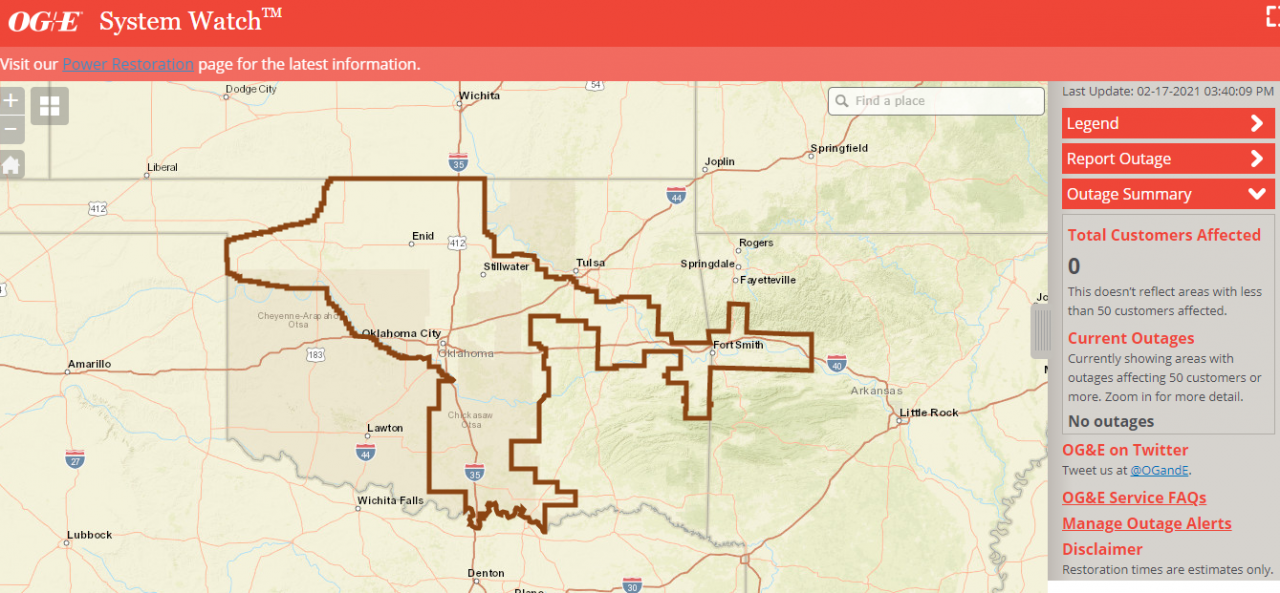
The OGE System Watch stands as a cornerstone in the realm of monitoring and managing complex systems. Its comprehensive capabilities empower organizations to maintain optimal performance, ensure security, and drive operational efficiency. Embark on this journey as we delve into the intricate workings of the OGE System Watch, exploring its architecture, configuration, and the myriad of benefits it offers.
From its inception, the OGE System Watch has been meticulously engineered to provide real-time visibility into the health and performance of critical systems. Its intuitive interface and robust feature set make it an indispensable tool for IT professionals seeking to optimize their operations and mitigate potential risks.
Don’t miss out on the adrenaline-pumping action of bare-knuckle fighting . Our guide will provide you with all the essential information you need to watch BKFC live. From finding the right streaming platform to understanding the rules and regulations, we’ve got you covered.
Get ready to witness the raw and intense battles that have made bare-knuckle fighting a captivating spectacle.
1. OGE System Watch Overview

The OGE System Watch is a comprehensive monitoring and management platform designed to provide real-time visibility and control over IT infrastructure and applications. It empowers organizations to proactively detect, diagnose, and resolve issues, ensuring optimal system performance and availability.
Key Components, Oge system watch
- Monitoring Agents:Collect and transmit performance data from servers, applications, and network devices.
- Central Server:Aggregates and analyzes data from agents, providing a centralized view of the IT environment.
- Web Interface:Provides a user-friendly interface for accessing monitoring data, configuring alerts, and managing the system.
2. System Architecture
The OGE System Watch architecture is based on a distributed client-server model. Monitoring agents are deployed on each monitored system, collecting data and sending it to the central server. The server then processes the data and makes it available through the web interface.
Looking for a way to catch the action of the OGE System Watch? Check out our comprehensive guide on how to watch the thrilling bare-knuckle fights. Whether you’re a seasoned fan of BKFC or new to the sport, we’ve got you covered.
With our step-by-step instructions, you’ll be able to stream the fights live and witness the intensity of bare-knuckle fighting firsthand.
The system uses a secure communication protocol to ensure the confidentiality and integrity of data transmission. It also supports multiple data centers and cloud environments, providing scalability and high availability.
3. System Configuration: Oge System Watch

Configuring the OGE System Watch involves setting up network parameters, security settings, and user accounts. Network parameters include IP addresses, port numbers, and communication protocols. Security settings include encryption algorithms, authentication mechanisms, and access controls.
User accounts are used to manage access to the web interface and configure monitoring settings. Each user can be assigned specific roles and permissions, ensuring that only authorized personnel have access to sensitive data.
4. Monitoring and Analysis
The OGE System Watch provides comprehensive monitoring capabilities, collecting a wide range of metrics from servers, applications, and network devices. These metrics include CPU utilization, memory usage, disk space, and network traffic.
The system analyzes the collected data to identify potential issues and performance bottlenecks. It generates reports and visualizations that provide insights into system health and trends. This enables organizations to proactively address issues before they impact business operations.
5. Event Handling
The OGE System Watch has robust event handling mechanisms that enable organizations to quickly detect and respond to critical events. It supports a variety of event types, including system failures, performance thresholds, and security breaches.
When an event occurs, the system sends notifications to designated personnel via email, SMS, or other channels. It also provides tools for escalating events and triggering automated response actions, ensuring that issues are resolved promptly.
Final Conclusion

In conclusion, the OGE System Watch emerges as an indispensable solution for organizations seeking to gain complete control over their IT infrastructure. Its advanced monitoring capabilities, coupled with its ease of use and comprehensive security features, make it an ideal choice for businesses of all sizes.
By embracing the power of the OGE System Watch, organizations can unlock new levels of operational efficiency, minimize downtime, and safeguard their critical assets.
Query Resolution
What are the key components of the OGE System Watch?
The OGE System Watch comprises several key components, including sensors for data collection, a central server for data aggregation and analysis, and a user interface for system configuration and monitoring.
How does the OGE System Watch handle event detection and escalation?
The OGE System Watch employs advanced algorithms to detect and classify events based on predefined thresholds. When an event occurs, the system triggers notifications and escalates them to the appropriate personnel based on severity.
What are the benefits of integrating the OGE System Watch with other systems?
Integrating the OGE System Watch with other systems, such as ticketing platforms or incident management tools, enables automated incident response, streamlines workflows, and enhances overall operational efficiency.





